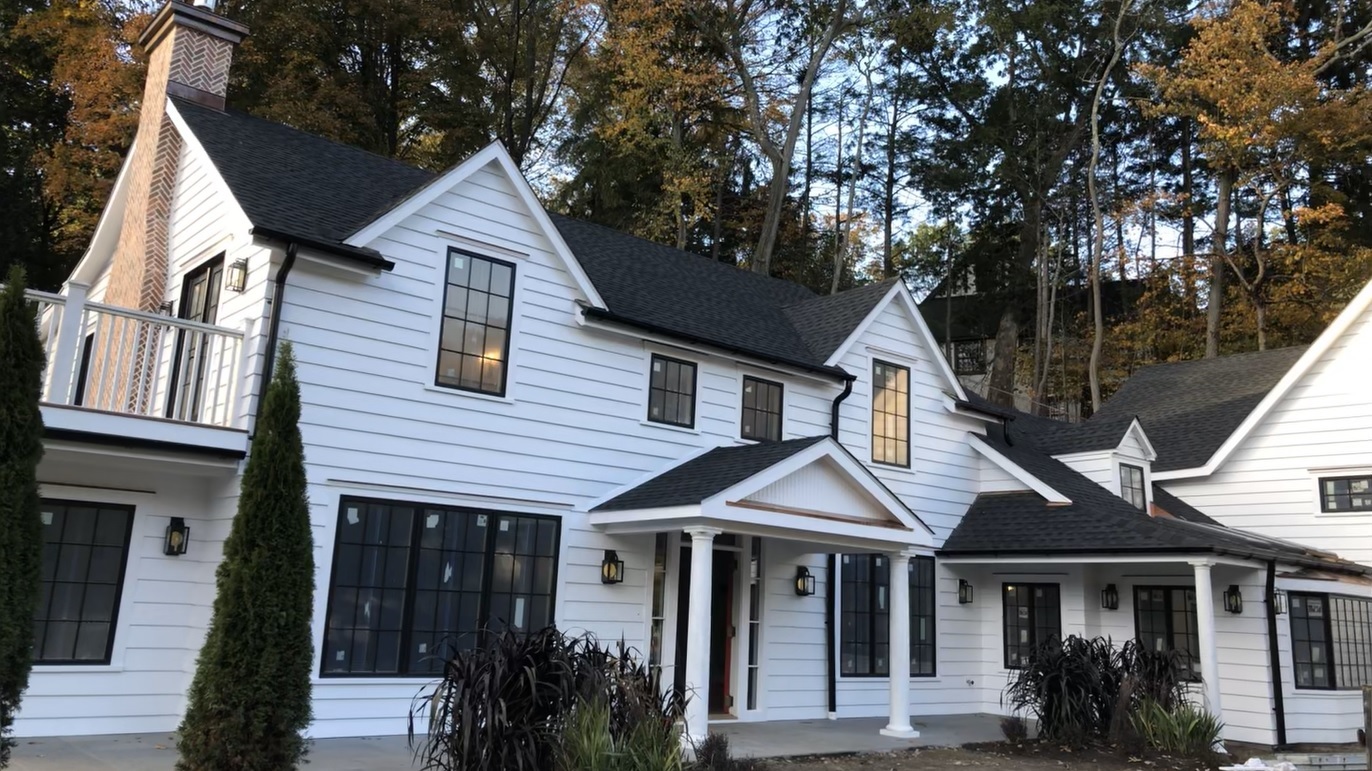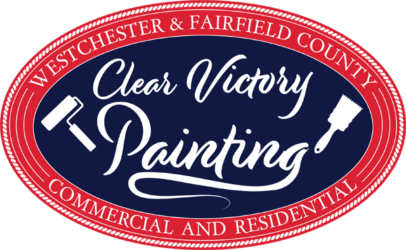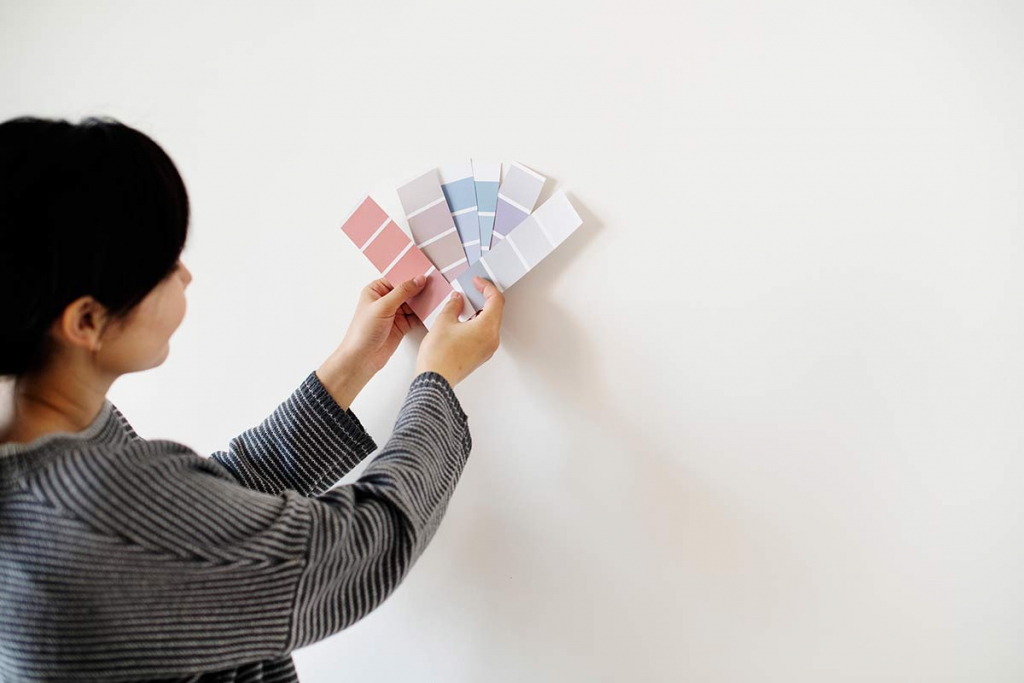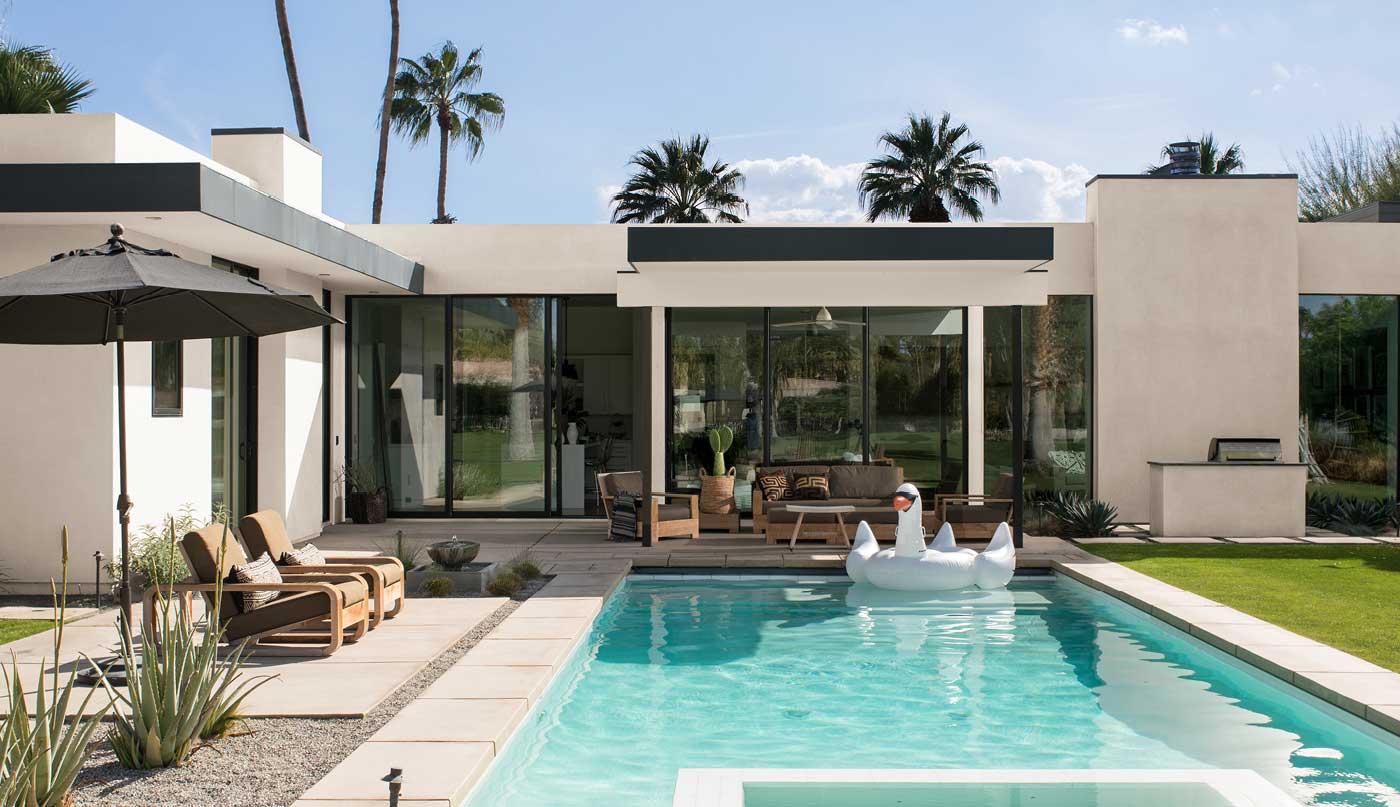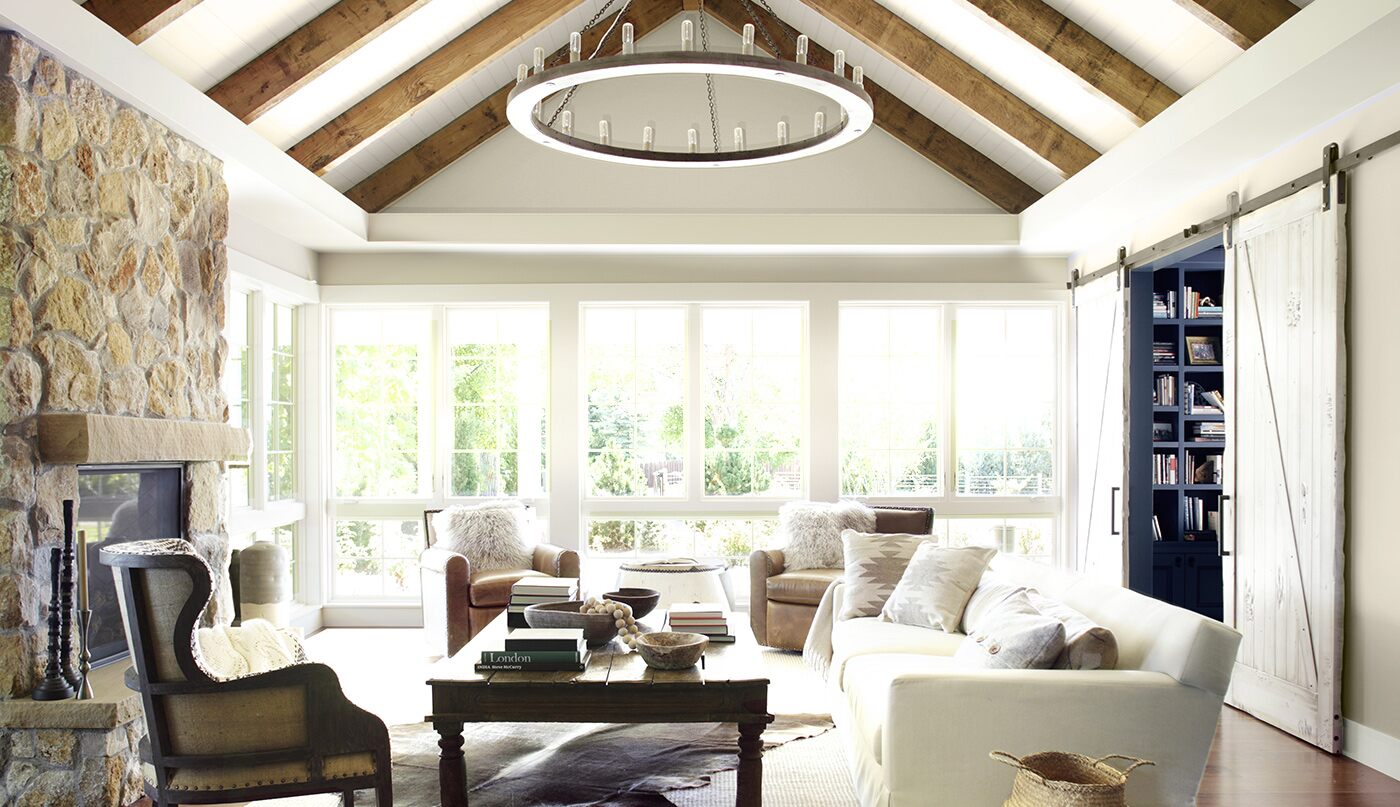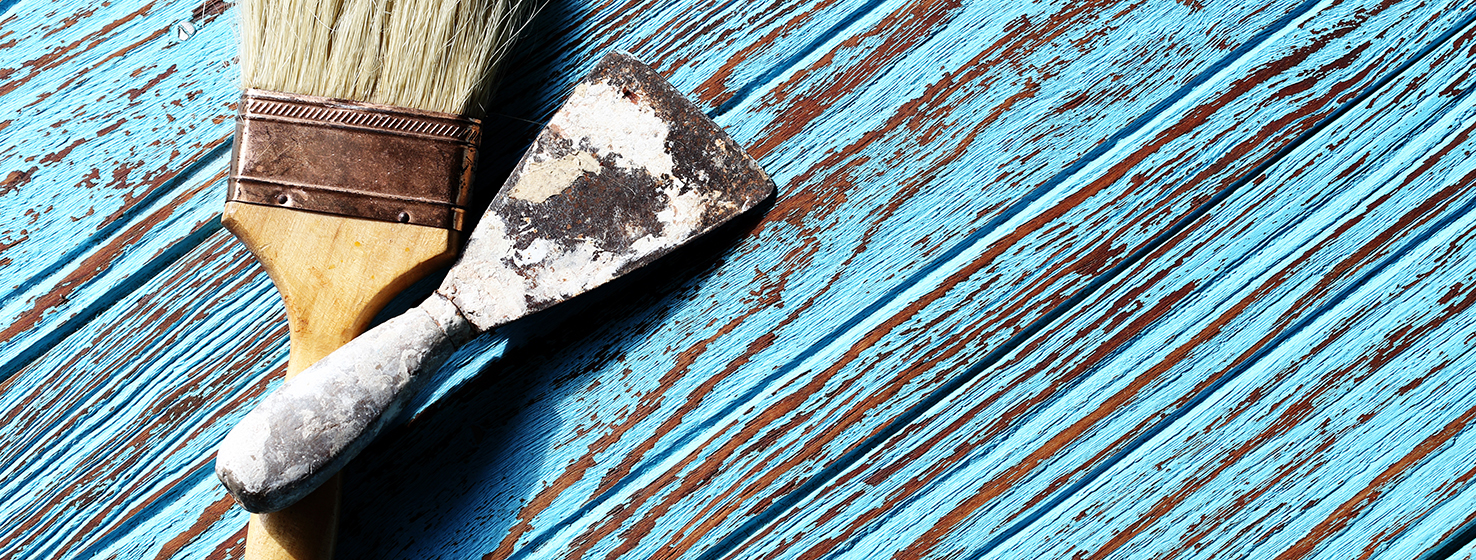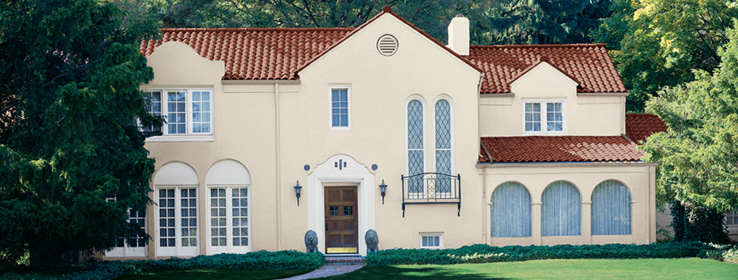Paint finish is critical to any job’s success – especially in property management. Curb appeal sells. And, it’s more than likely that prospective tenants or buyers will pass by a property with a lackluster, peeling paint job without even bothering to see what’s inside, no matter how posh it might be.
Before your painters pick up that brush or roller or aim that sprayer, consider the numerous factors involved in achieving an attractive, durable finish on new surfaces or repainted ones.
Questionable substrates, new materials, workmanship, time constraints, scheduling conflicts and tight budgets combine to make a quality, profitable finish more difficult than ever to achieve. That’s why primers – as mundane and ordinary as they may seem – are key to the final outcome of any paint job.
Contrary to popular belief, primers aren’t just a form of “cheap paint.” Using the right primer in the right situation can make the difference between a surface with washed-out color or penetrating stains and one that has a bright, resilient, durable finish.
The Basics
Primers act as an intermediary between the substrate and the topcoat. Good ones seal, hide and bind to render the surface more uniform. This, in turn, allows the topcoat to get a better grip on the surface and ultimately results in better staying power.
For instance, when an enamel topcoat is applied to a primed exterior door, the paint actually is not being applied to the door but rather to the primer. The primer makes a possibly difficult-to-coat substrate more accepting for the topcoat, resulting in a longer-lasting, smoother finish.
Modern research and development has given birth to new primer technologies – products that not only provide the basics but attack specific problems. If you have a tough stain to cover, inherent substrate flaws or even need to prevent mildew, chances are there’s a primer solution that will help you achieve a flawless finish.
A good primer can tackle such tough exterior surface problems as hiding or sealing:
-
Tannin bleed
-
Porous surfaces like weathered masonry or exposed wood
-
Water damage or other discoloration
-
Graffiti
-
Efflorescence on masonry surfaces
You should always use a primer on a new, unpainted surface, especially wood or masonry. Primers also should be used in most repaints, particularly in cases where the surface is uneven, stripped or worn down to the original substrate.
Primers are a must in areas where moisture and humidity are constant, such as the South or the Pacific Northwest. Mildew thrives in such environments and loves to inhabit improperly coated surfaces. It is not picky – it will grow on anything porous, from cypress wood to stucco.
A good primer will augment the topcoat’s ability to resist surface moisture and the ensuing mildew. Starting with a prime coat can extend the repaint cycle from a potentially expensive six months to one year to upwards of two or three years. It might cost you $1,000 extra at the start to use a good primer, but in the long run, you’ll be glad you did. Think of it this way: It’s not about the cost of primer, it’s about the future labor and materials cost. Primers are good preventive medicine.
Simplified Selection
Choosing the right primer isn’t as difficult as it appears. You know the job’s scope and limitations – use this knowledge to make the proper primer decision.
Think of the vast range of problems that your painting team faces in trying to deliver the expected finish coat, appearance and performance:
-
Sealing problems
-
Adhesion problems
-
Gloss top coat sheen uniformity
-
Topcoat hiding
-
Uniformity of rough, irregular surfaces
-
Curing time between coats
-
Mildew
Next consider the substrate’s condition and the topcoat finish you’d like to achieve and compare these factors to the primer categories.
Categorically Speaking
Knowing which kind of primer to use is crucial to the success of any job. All primers are formulated to penetrate, bond and hold out, but some offer greater capabilities. Some primers have high-hiding qualities, while others might hide less but instead excel at blocking stains. Others have higher bonding qualities. The type of surface to be painted, teamed with external conditions, will dictate what kind of primer best suits the job.
Using the earlier example of the enameled exterior door – if the wrong type of primer is applied to that door, i.e., one that has high hiding qualities but lower adhesion, that primer may fail and take the enamel topcoat with it.
Bonding primers tightly anchor topcoats to slick and hard-to-paint surfaces, promoting durable adhesion and reducing prep time. Use these latex primers under flat and gloss coatings on such substrates as PVC pipe, laminates, galvanized metal, plastic trim and molding, or previously enameled surfaces.
Acrylic sealing primers don’t simply provide bonding adhesion. They cover and hide stains, graffiti, tannin bleed and other surface damage. Some primers in this category seal out moisture, mildew and efflorescent salts, or block odors. These primers are ideal for delivering the best appearance of flats and enamels on doors and trim, exterior siding, and fresh or existing masonry.
Primers in this category generally are 100-percent acrylic. Most effectively seal out common stains found in architectural settings. Perfect for rehab work, this category tends to ensure a smooth uniform topcoat without stains bleeding through.
Another category – surfacing primers – smoothes the substrate and permits uniform topcoat sheen. These products achieve this by filling, leveling and sealing porous, rough, uneven and dissimilar surfaces. On masonry, surfacers overcome mortar topcoating issues like alkali burn, delamination and water damage to pave the way for clean, aesthetically pleasing exterior finish coats. Some of the new block surfacers have been designed for exterior application in temperatures as low as 35° F, allowing you to proceed with projects even when the weather gets chilly.
A second type in this category – block fillers – fill, seal and ensure the uniformity of rough, porous unpainted and textured concrete and cement surfaces. These thick formulations fill small voids commonly found in concrete surfaces for a smooth, uniform finish coat with maximum adhesion, appearance and long-term performance. Specify these when painting exterior flat-surfaced, above-grade concrete blocks, concrete, cement and masonry.
For new masonry, such as concrete, stucco and other similar surfaces, use a 100 percent acrylic emulsion conditioner. A conditioner will penetrate and seal the surfaces, while bonding any light chalk to the surface to ensure proper topcoat adhesion. These sealers allow seven-day “green” masonry to be coated without the standard 30-day cure, streamlining work time, and will adhere to new or existing concrete with a pH up to 13. Conditioners also offer an economical alternative to priming on pre-painted masonry surfaces. They are particularly useful in cases where the existing masonry topcoat has deteriorated over time.
Today’s primers have come a long way – both in variety and performance. This product categorization and the related new, improved primers solve common surface integrity problems.
Using the right primer for the job delivers a finish with the ultimate in appearance, value, efficiency and profitability. Don’t suffer the consequences of cutting corners and skipping the valuable prime coat. You’ll regret it in the future.
